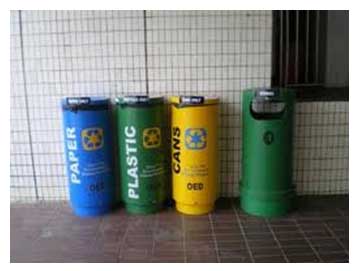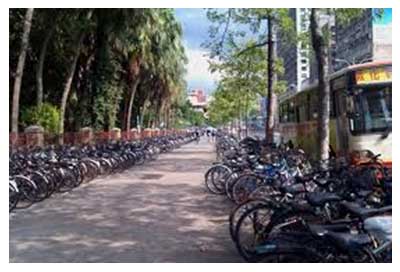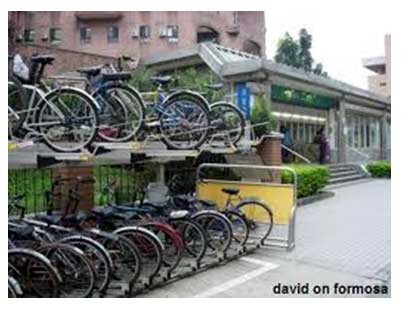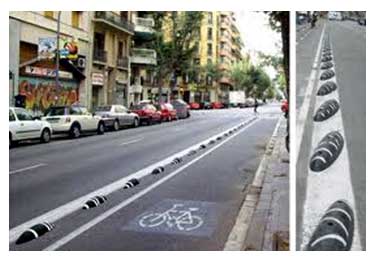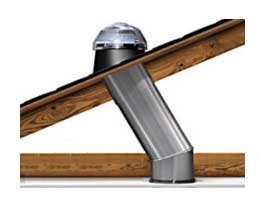FEIAP Green Design Guide – Residential Building
3-2 Greenery
Encourage greater use of greenery, restoration of trees to reduce heat island effect.
(a) Greenery Provision (GnP) is calculated by considering the 3D volume covered by plants.(10% of total land or 50% of open space)
(b) Restoration of trees on site, conserving or relocating of existing trees on site.
(c) Use of compost recycled from horticulture waste.
3-3 Environmental Management Practice
Encourage the adoption of environmental friendly practices during construction and building operation.
a) Implement effective environmental management programmes including monitoring and setting of targets to minimize energy use, water use and construction waste.
b) Building quality certification
c) Developer, main builder, M & E consultant and architect that are ISO 14000 certified.
d) Project team comprises Certified Green Mark Manager / Professional
e) Provision of building users’ guide including details of the environmental friendly facilities and features within the building and their uses in achieving the intended environmental performance during building operation.
- Earth Control Measure, ECM to prevent the waste water/contaminated water from the construction site flows into the public drain.
- Silt fence
f) Provision of facilities or recycling bins for collection and storage of different recyclable waste such as paper, glass, plastic etc
- containers for different recyclable waste
3-4 Public Transport Accessibility
Promote the use of public transport or bicycles to reduce pollution from individual car use with the following provision:
(a) Good access to nearest Public transport Station(300m walking distance)
(b) Adequate bicycles parking lots.(I unit for 20 building user)
- Especially near the train or bus station.
- dual-layer storage racks
(c) Provide safe cycling path for cyclist.
Click Here to View Example 22
Part 4: Indoor Environmental Quality
4-1 Noise Level
Building design to achieve ambient internal noise level as specified :
55 dB (6am-10pm) LeqA
45 dB (10pm-6 am) LeqA
4-2 Indoor Air Pollutants
Minimise airborne contaminants, mainly from inside sources to promote a healthy indoor environment.
(a) Use of low volatile organic compounds (VOC) paints
(b) Use of Certificate for composite wood products.
(c) Odorless paint
(d) All bathroom exhaust fans, range hoods(on the stoves), and dryer vents must vent directly to the outdoors in order to control moisture and other air contaminants.
4-3 Waste Disposal
Minimise airborne contaminants from waste by locating refuse chutes at open ventilation areas such as service balconies or common corridors.
4-4 Indoor Air Quality in Wet Areas
Provision of adequate natural ventilation and daylighting in wet areas such as kitchens, bathrooms and toilets
- sun pipes
Part 5: Other Green Features
5-1 Green Features & Innovations
Encourage the use of other green features which are innovative and/or have positive environmental impact.
Examples:
- Pneumatic waste collection system
- Dual chute system
- Self cleaning façade system
- Infiltration trenches
- Integrated storm water retention/treatment into landscaping
- Etc
- Integrated storm water retention/treatment into landscaping integrated storm water retention/treatment into landscaping(50% runoff volume reduction)
- In low traffic areas use porous paved surface to assist on-site stormwater infiltration and reduce erosion
- Environmental Tobacco Smoke Control
- Advance waste management (Reduction, Reuse, Recycle and Recovery)
- Rooftop garden
- Side wall plantation


